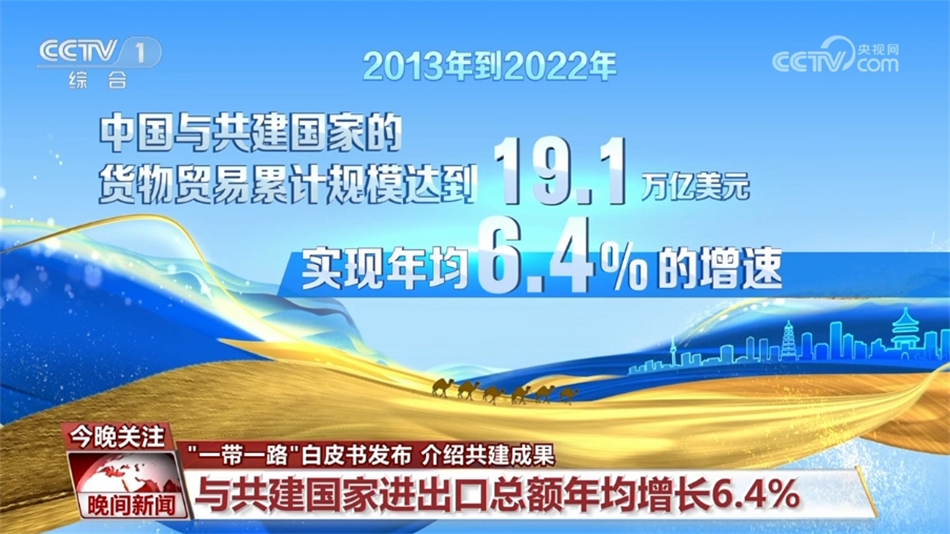Silk Road: The Golden Passage Connecting Ancient And Modern Times
Silk Road: The Golden Passage Connecting Ancient And Modern Times
Silk Road: The golden passage connecting ancient and modern times Introduction When we mention the "Silk Road", an ancient picture may come to mind: busy caravans crossing deserts and mountains, bringing silk, spices, gems, and cultural exchanges and collisions.

Silk Road: the golden passage connecting ancient and modern times
introduction
When we mention the "Silk Road", an ancient picture may come to mind: busy caravans crossing deserts and mountains, bringing silk, spices, gems, and cultural exchanges and collisions. This ancient trade route across the Eurasian continent not only shaped thousands of years of civilizational exchanges, but also provided valuable historical experience for today's globalization.
The Origin and Development of the Silk Road
The origin of the Silk Road can be traced back to around the 2nd century BC. During the Han Dynasty, Zhang Qian's mission to the Western Regions opened the door to exchanges between the East and the West. Initially, the route was established primarily for trading silk, but soon expanded to include spices, porcelain, metals, gems, and other goods.
The Silk Road was not a single route, but a vast network of land and sea routes. The land route mainly includes the main line of the "Silk Road", passing through Central Asia and West Asia, connecting China and the Mediterranean coast; the sea route passes through the South China Sea and the Indian Ocean, connecting China with Southeast Asia, the Arabian Peninsula, and the east coast of Africa.
Cultural exchange and integration

The Silk Road was not only the circulation of goods, but also a platform for the exchange of ideas, religions, and technologies. Buddhism was introduced to China from India and spread through the Silk Road, becoming an important part of Chinese culture. Religions such as Islam, Christianity, and Zoroastrianism also spread along this route, influencing the culture and values of countries along the route.
In terms of science and technology, Chinese inventions such as papermaking, gunpowder, and the compass were spread to the West through the Silk Road, promoting the progress of global science and technology. Literature and art also learn from each other among different civilizations, forming a rich and colorful cultural landscape.
The decline and inheritance of the Silk Road

With the rise of maritime trade and the opening of new shipping routes, the Silk Road gradually declined. At the end of the 15th century, European navigators discovered the maritime route to the East. European powers began to compete for maritime hegemony, and land routes were gradually marginalized.
However, the spirit of the Silk Road has not disappeared. Since the 20th century, with the proposal of the “One Belt, One Road” initiative, this ancient passage has been reborn and has become a bridge connecting the East and the West. The modern Silk Road is not only a link of economic cooperation, but also a stage for cultural exchanges.
Conclusion

The story of the Silk Road tells us that bridges connecting different civilizations can promote understanding and cooperation and promote common progress of mankind. In today's era of globalization, looking back at this ancient route, we may be able to find inspiration for future cooperation: win-win cooperation and joint prosperity.





